AVOID DEEP CUTS FROM RAZORS OR DOWNTIME RE-CALLUSING
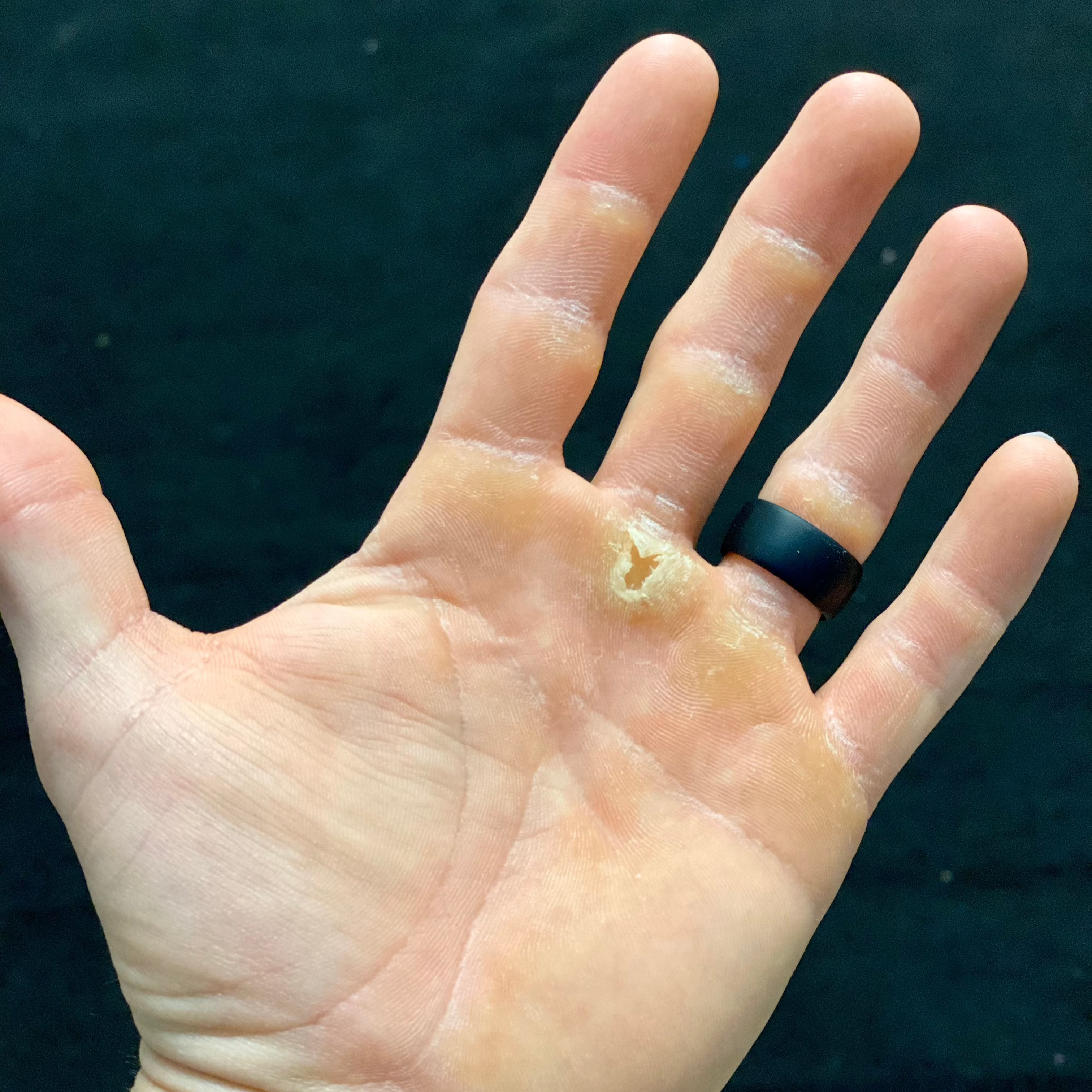
Before
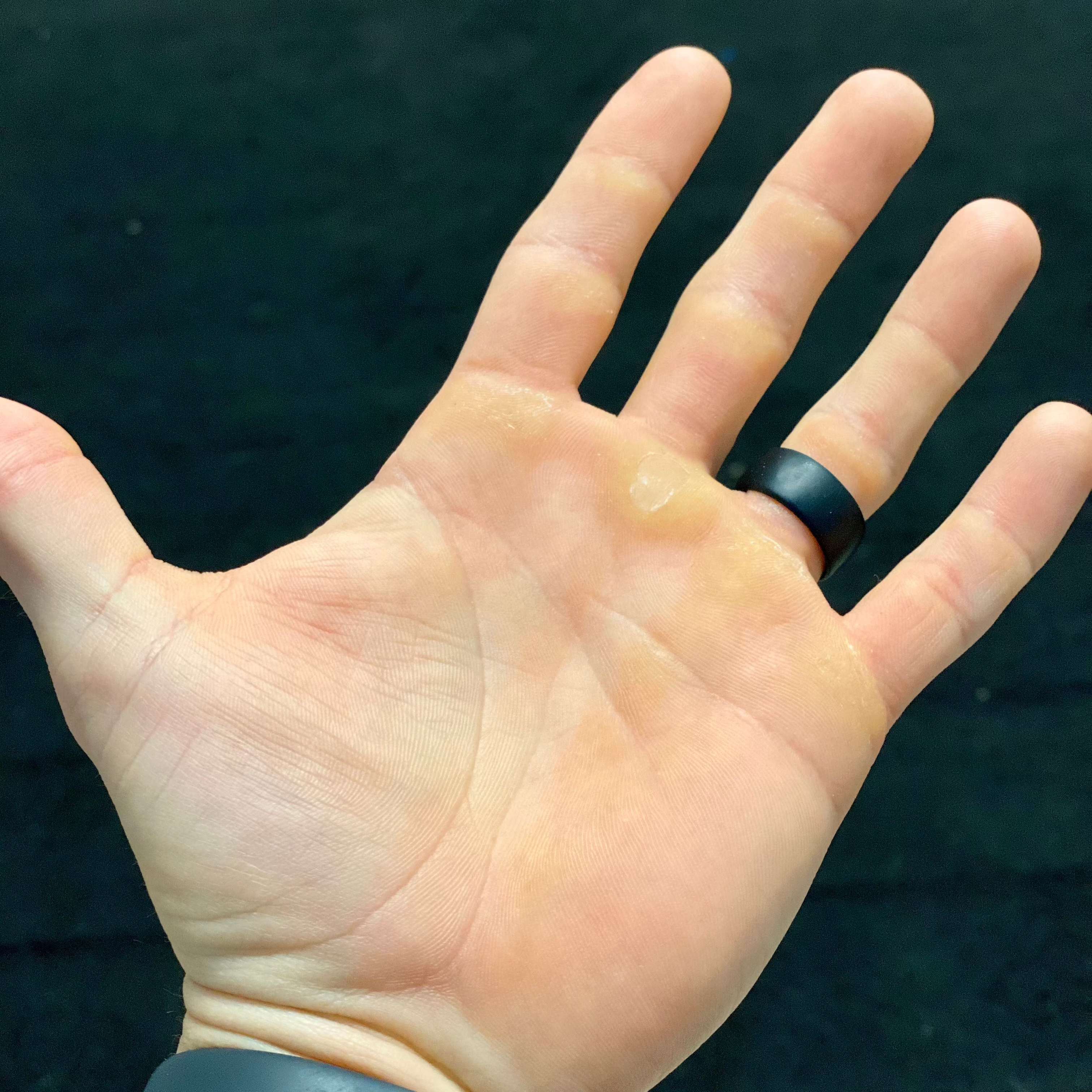
After
90-SECOND CALLUS CARE ROUTINE
Precision Callus Care
- Cylindrical file design contours the primary pressure point of your callus
- Mimics how your fingers naturally mold around what you're gripping
- Optimizes your calluses for simple, safe, and consistent care
- Skin-specific grit that smoothes and strengthens calluses in seconds
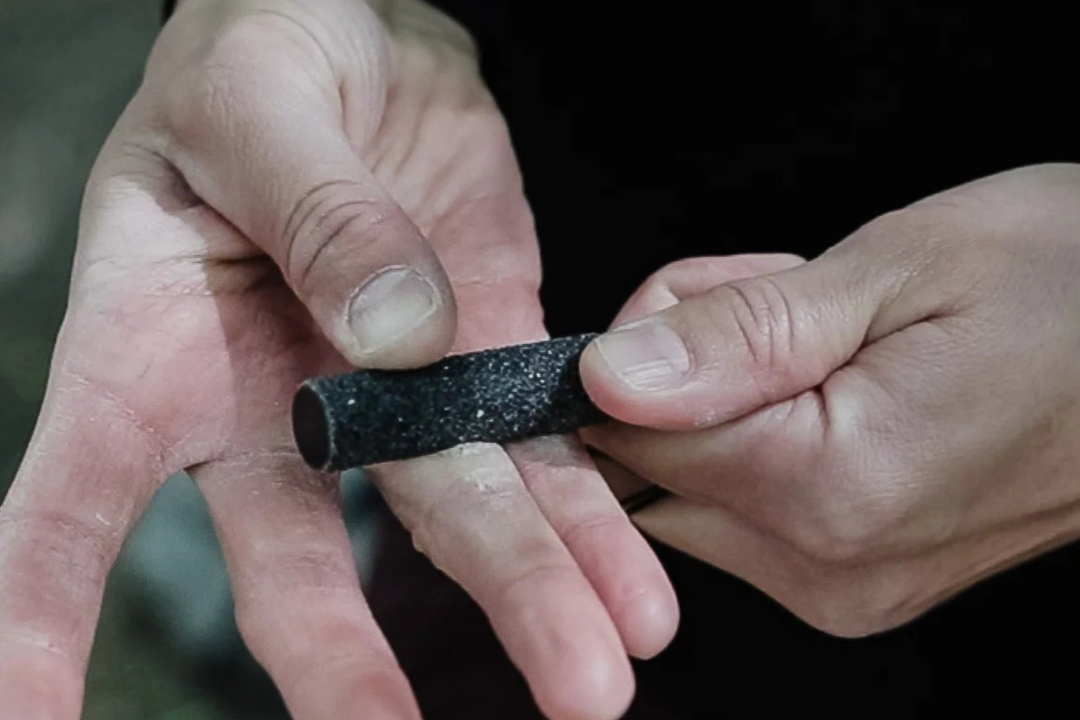
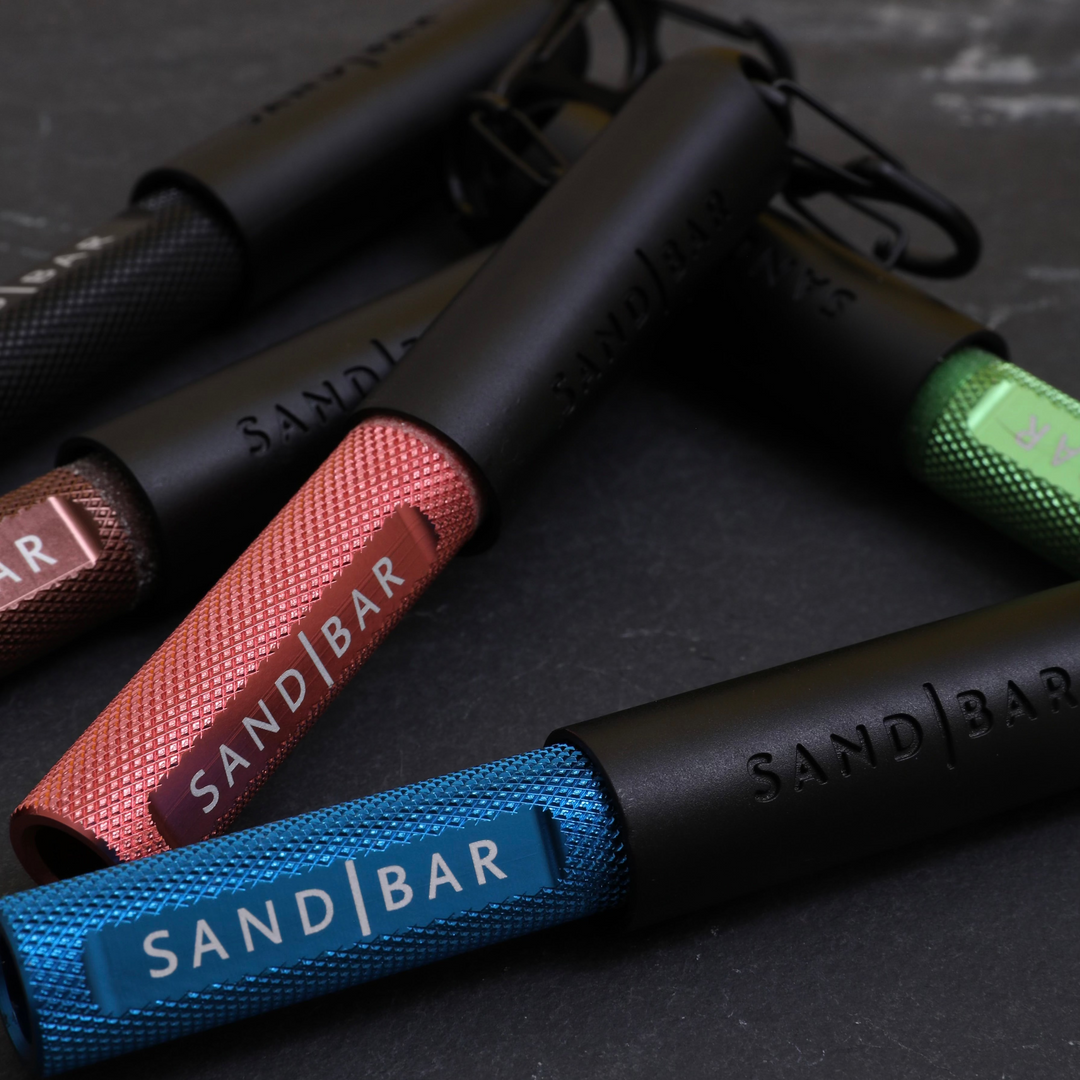
SandBar is Built to Last
- Crafted from tough aluminum for long-lasting durability
- Use the included silicone scrubber to clean away dead skin buildup
- An investment in your lifelong callus treatment routine
- Quick-release magnetic cap protects the grit so you can take it anywhere, hassle-free
- S-Clip for easy attachment
Skin-Friendly Grit AND Knurled Handle for Control
- Easy grip enhances control and precision while filing
- Ideal for calluses on your fingers and other high-friction areas
- Designed to smooth calloused skin, not obliterate it
- Maintains integrity and protective function of your calluses
- A preventative tool to keep your calluses perfectly polished
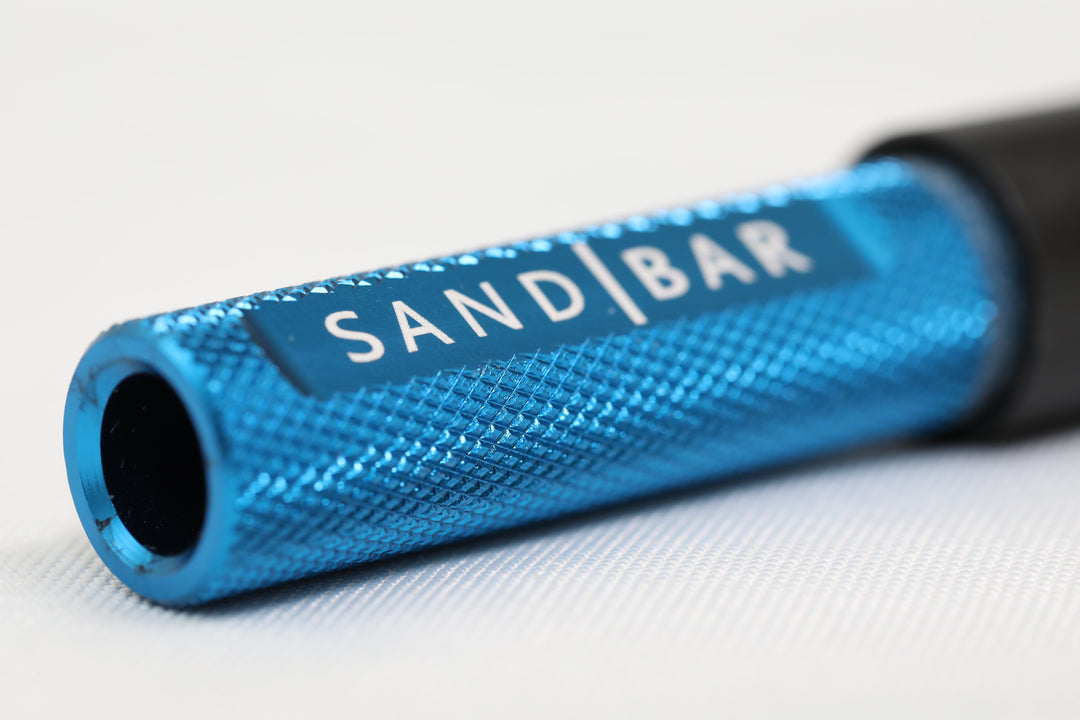
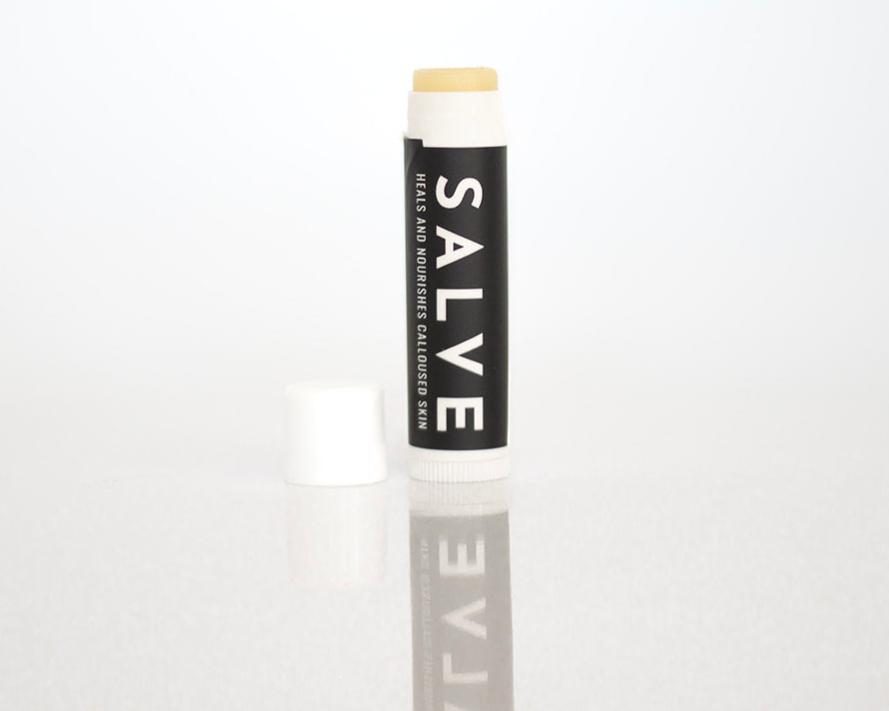
SaLVE INcluded
- SandBar Salve is 100% organic ingredients to revitalize battered calloused hands.
- Convenient chapstick tube, applies directly, no waste, no mess
- Accelerates healing and NEVER STINGS
- No greasy residue
- Antibacterial
- Smells Amazing
How to Use the SandBar 4” Quickie Callus Kit
- Remove the magnetic cap - it's easy access.
- Gently file your calluses for a few seconds using the grit portion of the Quickie.
- Focus on the primary pressure points and surrounding calloused areas until smooth.
- Apply the organic callus salve to nourish and revitalize your hands.
- Repeat this simple routine to maintain healthy, functional calluses. Consistency is key, don't wait for your calluses to get out of control.
- Occasionally clean your file using the provided silicone scrubber to remove buildup.
Salve: Everything Your Calloused Skin Needs, No fillers!
Butyrospermum Parkii (Shea) Butter
Moisturizes and nourishes dry skin, promoting softness and elasticity.
Cera Alba (Beeswax) *
Acts as a natural emollient and creates a protective barrier for the skin.
Moringa Oleifera Seed Oil
Rich in antioxidants, helps to hydrate and rejuvenate skin.
Caprylic/Capric Triglycerides
A gentle and effective moisturizer that helps improve the texture of the skin.
Maranta Arundinacea (Arrowroot) Root Extract
Soothes irritated skin and helps absorb moisture, leaving skin feeling smooth.
Lavandula Angustifolia (Lavender) Oil
Known for its calming properties, it helps reduce inflammation and promote relaxation.
Melaleuca Alternifolia (Tea Tree) Oil
A powerful antibacterial oil that helps cleanse and protect the skin.
Tocopherol (Vitamin E)
A potent antioxidant that helps protect skin from environmental stressors.
Calendula Officinalis Flower Extract
Has healing and anti-inflammatory properties, soothing irritated or damaged skin.
Helianthus Annuus (Sunflower) Seed Oil
Rich in vitamins A, C, and D, it helps to hydrate and protect the skin.
FAQs
The Original 8" SandBar is intended to address all of your calluses at the same time. The Quickie is perfect for addressing individual calluses, especially on fingers.
Right after using your SandBar. Moisturizing dead callused skin doesn’t do anything for you. First, file off the dead skin. Then apply the salve to nourish the healthy callus, keeping it pliable and ready to work.
Every single day. Everytime you put friction and/or pressure on your skin, calluses build up. Your hands and feet have a high rate of skin cell turnover. The top layers dry out and build up faster than the rest of the body’s skin. Every rep, every step, every time you work hard with your hands and feet, you are creating build up. Manage your calluses by checking on them and filing them on a daily basis. Think of your SandBar as an industrial toothbrush for your calluses.




























